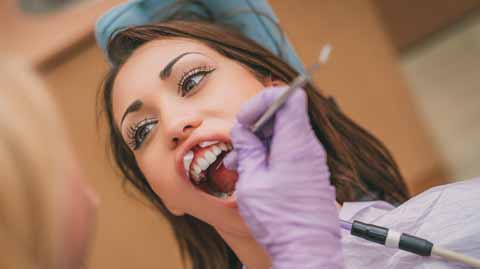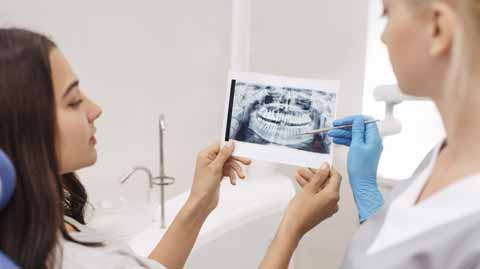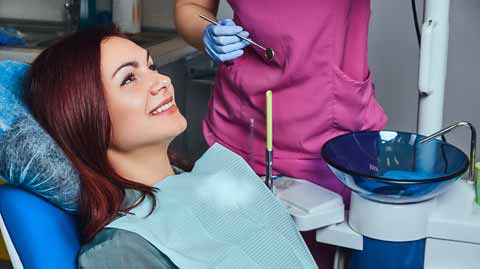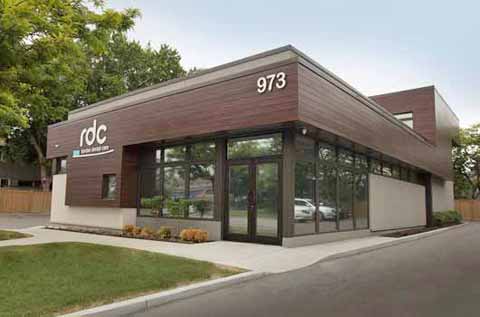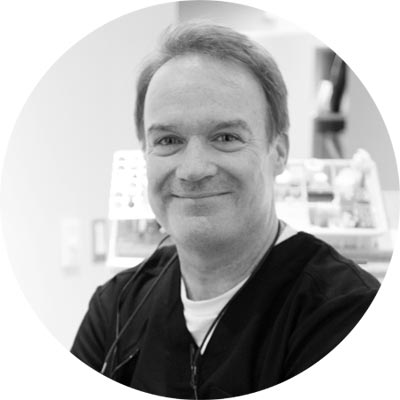
“Routine maintenance is the best way to keep your teeth and gums in their best shape. Let us help you correct any issues you might be having and we’ll set up a simple plan for you to follow that will keep the problems away for good.”
Request Your Consultation
We take your information seriously, so please be assured that any information you send is secure and will not be shared, sold or traded with any third parties.
PLEASE NOTE THAT ALL FIELDS ARE REQUIRED



